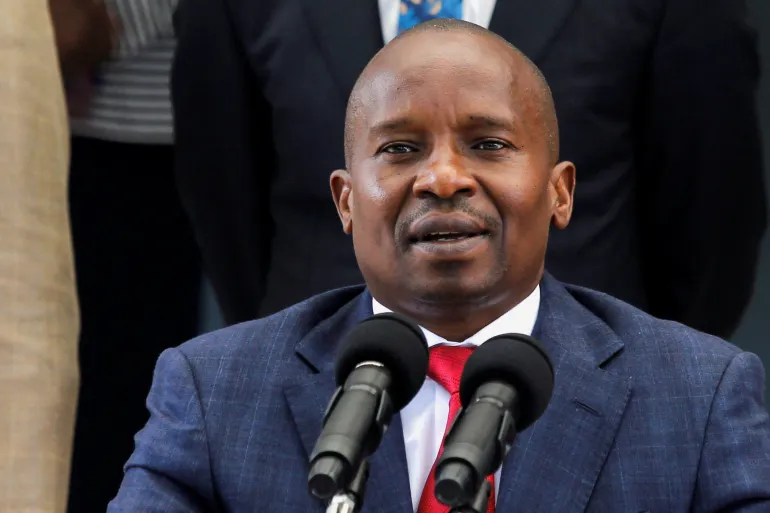Thirteen County Aggregation and Industrial Parks (CAIPs) currently under construction across Kenya will be completed by August 31, 2025, Deputy President Kithure kindiki has announced. The development is part of the government’s broader plan to establish 47 CAIPs one in each county to promote value addition, industrialisation, and economic transformation.
Speaking at his official residence in Karen on Friday, May 30, 2025, DP Kithure Kindiki revealed that construction is underway in Meru, Homa Bay, Busia, Kirinyaga, Embu, Uasin Gishu, Garissa, Migori, Machakos, Kwale, Wajir, Kisii, and Bungoma counties.
“The cost of constructing each CAIP is Sh500 million, with funding shared equally between the National Government and respective County Governments,” Kindiki stated. He was receiving a status update on the progress made toward the operationalisation of the 13 priority parks, alongside senior national and county officials.
Kindiki emphasised that the parks will be supported by critical enabler infrastructure, including access roads, electricity, clean water, and ICT connectivity. He also pointed out that backward linkages are already being put in place, including the creation of ward-level cooperatives, aggregation centres, warehouse receipt systems, and the provision of extension services in agriculture, agritech, and fisheries.
“The initiative is designed to provide market access and value addition for local producers, especially smallholder farmers and fishers,” he said.
On May 20, 2025, during an inspection of the Meru CAIP in Buuri Constituency, Deputy President Gachagua stressed that the initiative will eliminate exploitative middlemen and reduce post-harvest losses.
“The CAIPs will be a big relief to farmers from brokers, and will address post-harvest challenges such as storage and poor sales,” Gachagua noted.
Kindiki further confirmed that President William Ruto will commission the 13 CAIPs before the end of the year, marking a key milestone in the Kenya Kwanza administration’s economic agenda.
The parks are expected to catalyse local economies, create jobs, and enhance Kenya’s competitiveness in agro-processing and light manufacturing.

